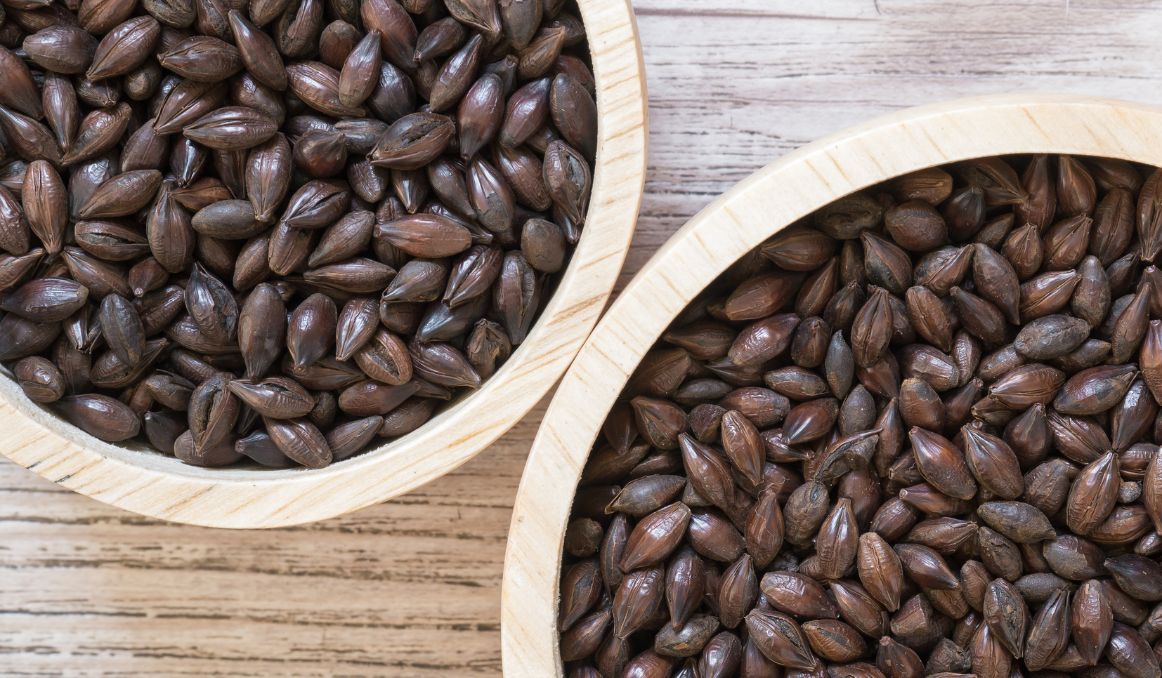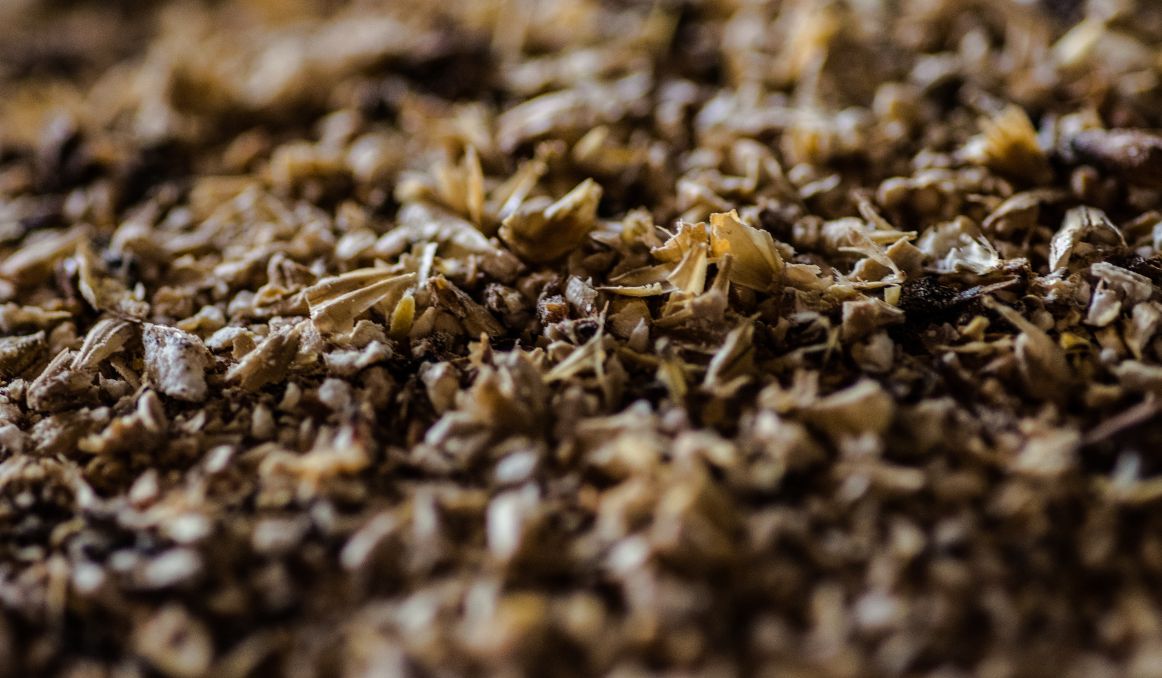How to Store Liquid Malt Extract
Liquid malt extract is all the rage among new brewers, so it makes sense to be wondering how to store liquid malt extract. But first, what even is this stuff? Should you be using it? And are there alternatives?
In the brewing world, it always pays to have as much information about your product as possible, in the interest of best serving your consumers.

What Is Liquid Malt Extract?
Liquid malt extract is a favorite product of new homebrewers or novice independent brewers.
It takes a lot of labor and guesswork out of the brewing process for you.
To make liquid malt extract, grain companies will mill down a grain, typically barley malt, and quite often 100% barley malt and then boil it in clean water.
Barley malt is simply barley that has been roasted to convert all the starches in the grain to sugars.
During that boil, all the converted sugars in the barley malt will be extracted into the boiling water.
Then, they will evaporate the liquid until the “mort” is a syrup, so now you have a thick, viscous product that is pure barley malt sugars ready for fermentation.
It will typically come to you in a can or a thick plastic package and can be poured directly into a batch of water, yeast, and hops for fermentation.
Also read: How to Use Liquid Malt Extract in Beer Making
Alternatives to Liquid Malt Extract
A derivative of liquid malt extract, or LME, is dry malt extract, or DME, which is basically just LME dehydrated and packaged in powder form, making it easier to ship and store.
The other alternative to LME or DME is all grain brewing, which means you buy your malted grain and boil it down yourself.
The Benefits of Liquid Malt Extract
The biggest benefit of liquid malt extract is the time and energy and guesswork you save.
You literally have very little to do in terms of creating your wort aside from choosing your LME and your yeast and then adding your hops.
For a new brewer getting fermentation times down, perfecting just the craft of brewing in and of itself, LME can be a huge benefit to the process.
The other benefit of LME is that it is well preserved.
LME will store unopened for up to two years, so you can buy enough in advance to experiment for the next couple of years and trust that it is not going to go bad on you.
Even once it is opened, if you don’t use the entire supply, you can still store LME for up to 6 months and trust it to get the job done.
The Downside of Liquid Malt Extract

There are two major downsides to LME.
One is the cost of ingredients.
LME is probably the biggest cost you will have in making beer, and it can add up fast. You are paying for the grain company to do all the heavy lifting for you, and if you are just venturing into the brewing world and doing a lot of experimenting with multiple batches, the cost of LME can add up quickly.
The second, and perhaps bigger, downside to LME is the loss of creative control.
When you use LME or DME, you are confined to the product you are given by the grain company.
This is not necessarily a bad thing. The grain company has after all gotten the production of LME down to a science, and you don’t have to worry their syrup will be off or inconsistent in any way.
But as a craft brewer venturing into flavors, aromas, and textures, you lose a ton of influence when you go the LME route.
In general, especially when you begin to sell to consumers, you want total creative control, and you want to be able to sell your product as an extension of your knowledge and expertise in the area of brewing.
You simply cannot make that sale convincingly if you are allowing someone else to provide you with an LME rather than choosing your own grain, combining grains as you will, and learning to perfect the process of the grind and the mash in.
Again, for new brewers, LME is a great place to start.
For craft brewers gaining expertise, you are going to want to forego the LME and venture into the worlds of barley malt, wheat, and even oats and other grains yourself to explore all of your options when it comes to the best brew for you and your consumers.
Indeed, many craft brewers have even taken to harvesting their own wild yeast from their local regions so they can make the “truly local” sale to their loyal fans.
It’s called craft brewing for a reason, after all, and what makes each craft brewer stand out the most is their ability to play with all the elements of the beer, from the yeast and the hops to the water and the grain itself.
When you take the LME or DME route, you lose that ability, and your beer drinkers will know it.
How to Store Liquid Malt Extract
While you are still young and inexperienced and working with LME, you can store it easily.
In cans or plastic containers that have been unopened, make sure you keep them on a shelf in a cool, dry place.
Remember, LME is basically syrup, concentrated sugar, so it will last a really long time, up to two years, when stored properly.
Even once you have opened your package, just be sure to store it again in an airtight container and store it in that cool dry place, and you can expect it to last for up to six more months.
So take your time, explore your options, and be sure to store your LME properly.
You’ll become a master craft brewer before you know it.
Cheers!
Passionate about the beer and/or wine making process? So are we! If you’re interested in finding out how you can use our technology to control fermentation and monitor your yeast, save work hours and improve the cost-efficiency of your business, drop us a line at [email protected] or check out our product pages:
- Oculyze BB 2.0 (Better Brewing) Yeast Cell Counter App + Hardware
- Oculyze FW (Fermentation Wine) Yeast Cell Counter App + Hardware
Also, you can now get access to a fully functional demo account to test your yeast via our Web App. Completely free of charge and with no commitment to purchase.


